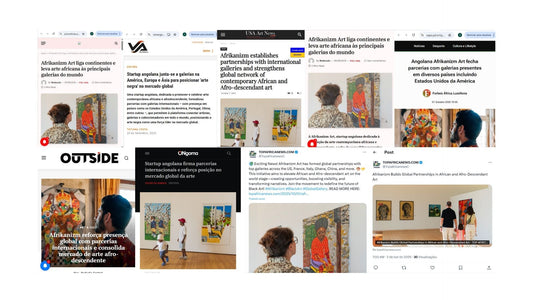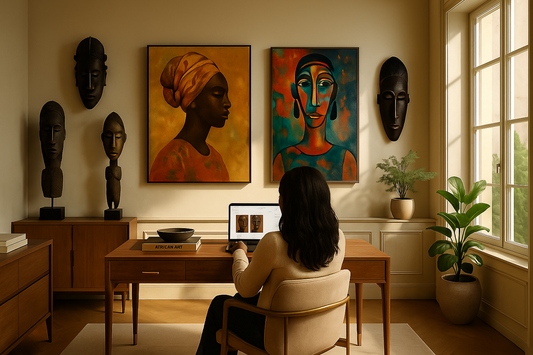Ghanaian artist Kwame Akoto‑Bamfo (b. 1983) is leading a monumental visual reckoning with the transatlantic slave trade. A graduate of Kwame Nkrumah University of Science and Technology (BFA, MFA), he left academia in 2013 to focus on sculpture, education, and restorative justice.
Central to his work is the Nkyinkyim Installation, a sprawling open-air museum founded in 2019 near Accra. It lives at the heart of the Ancestor Project, where more than 3,500 clay busts—each representing an individual enslaved person—stand in solidarity, with a target of reaching 11,111. Visitors, often moved to tears, describe the space as a powerful site of mourning, remembrance and identity recovery .
Akoto‑Bamfo’s work also crosses international borders. His Nkyinkyim sculpture is permanently installed at the National Memorial for Peace and Justice in Montgomery, Alabama—the first piece by an African artist at this landmark addressing American racial history. In 2021, his Blank Slate Monument toured iconic U.S. sites—including Times Square, Harlem and the King Center—offering public spaces for reflection and interaction.
The artist works with apprentices to complete each clay or concrete head, drawing on Akan funerary traditions of commemorating ancestors. Each sculpture is accompanied by stories or identities—"Daughter of a Royal", "The Lost Guardian", and more—restoring the humanity stripped from their subjects during their forced migration.
Akoto‑Bamfo’s work is also a form of activism and community care. He founded the museum as a sacred space for workshops, ceremonies, initiation rites—where African rituals and collective healing merge. His emotional burden is real: he admits to panic attacks from the weight of history, but continues driven by a sense of responsibility to keep these voices alive.
His impact extends beyond sculpture. The 2024 documentary The Art of Healing Descendant Pain, co-written and executive produced by Akoto‑Bamfo, delves into art as a tool of restoration.
Through deeply moving sculptural memorials, global exhibitions, ancestral traditions, and film, Kwame Akoto‑Bamfo makes the past tangible—transforming grief into justice, and remembrance into a path of shared healing.
Sources
-
Guardian: “People cry, get angry: remembering the enslaved…” theguardian.com+1en.wikipedia.org+1
-
Wikipedia: Kwame Akoto‑Bamfo biography & installations en.wikipedia.org
-
Menafn: historic details & documentary “Art of Healing Descendant Pain” menafn.com








No comments